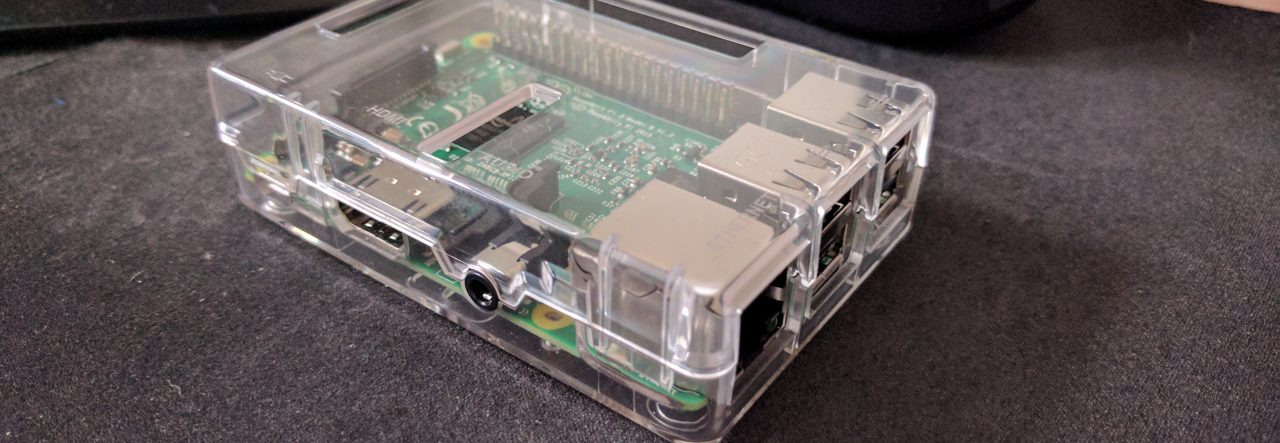So last week I switched on my desktop computer, a machine I have had for over 10 years, and during the boot-up process there was a big “BANG”, followed by a blank screen. I powered everything off…counted to sixty…then tried again. The system powered up, which is to say I saw power to the drives, but there was no video, no power on self-test (POST), no “beep”, and no sound of the hard drive seeking to the boot sector. In short, my computer got toasted!
I am guessing it is either a problem with the motherboard (highest probability in my mind) or perhaps the processor itself. Either way, it is time for me to get a new computer.
Now understand, my (now dearly departed) computer was a Pentium 4 computer running Windows 2000. A quick check of online computer stores taught me that I am VERY behind the times with respect to understanding the technology of today. There have been no less than SIX new processor architecture advances, and at least as many graphics card enhancements. In fact, buying the cheapest, least powerful machine today would probably outclass my old computer ten-fold in pure processing power. My how the times have changed!
After spending some time looking at everything from “off the shelf” computers to “bare-bones” kits, I think I have decided to simply build the computer from components myself. Why? Well, I was hoping to find a barebones kit that would fit my needs. A barebones kit typically includes the computer case, the power supply, the motherboard, and the processor. These components often are already assembled upon delivery. From there you just drop in a hard drive, a graphics card (or use the on-board graphics chipset of the motherboard…if it has one) and some memory and you are ready to rock and roll.
Sadly, every kit and preconfigured computer that I found always had at least ONE item in it that I would classify, in technical terms, as just plain stupid…
Case 1: One kit I found had a fast processor, lots of memory, a good motherboard…and then one of the slowest hard drives you can get these days. WHY? A reasonably fast hard drive was available for just $20 more!
Case 2: One kit had just about everything I wanted…except that the power supply included in the kit could just BARELY handle all that was in the kit. If you so much as plugged in the slightest additional device, the system would shut off or reboot due to overtaxing of the power supply. Again I ask “WHY”? Good power supplies are available for $50 or less!
In the end, I decided that I would just get the parts and build my own…selecting the parts based upon my own wants and needs. I should also point out that the strategy I have always followed regarding new computers is to look “one generation behind the current leading technology.” This usually produces the best computing power for the amount of money spent (also known as the best “bang for the buck!”).
I’ll chronicle my adventures in this adventure (hopefully not “misadventure) so that you, the reader, can get an idea of what goes through my mind as I put together a system.
Until next time: Have a great day!

Comments are closed.